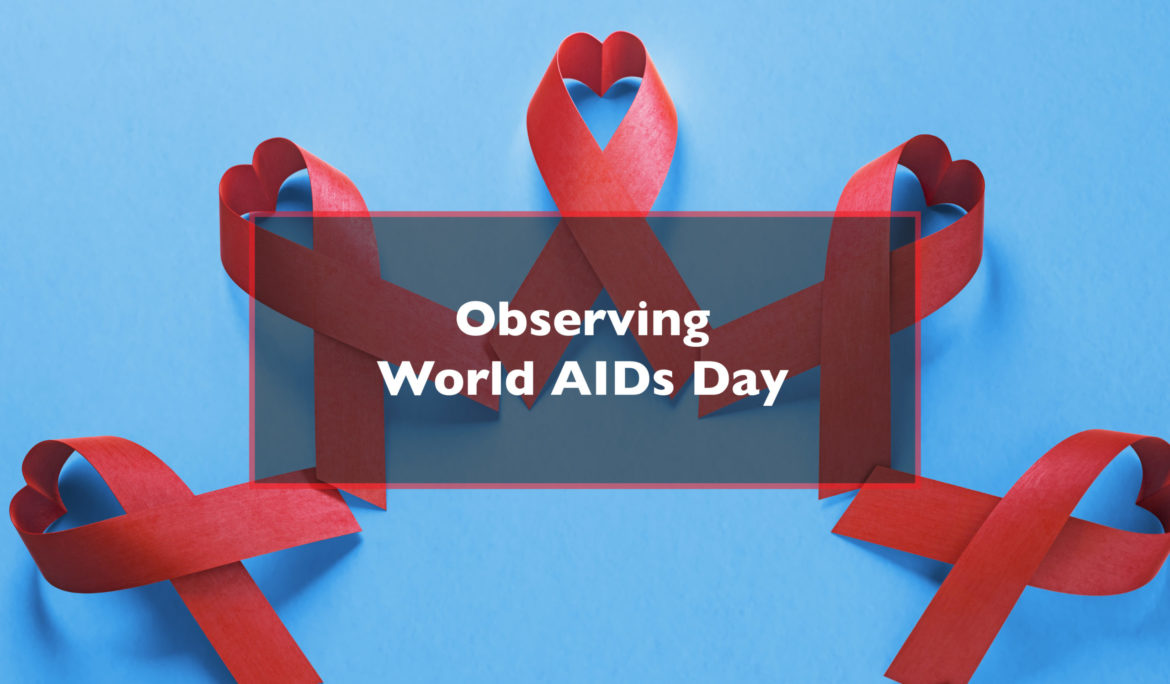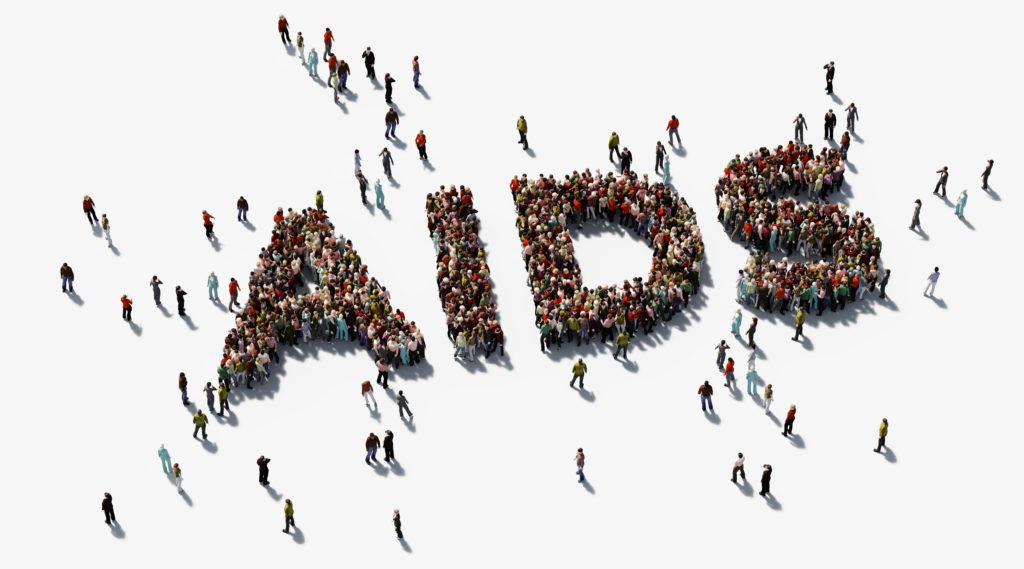Celebrating World AIDS Day

TBYS wants to pause and recognize World AIDS Day, celebrated worldwide on December 1.
The observance was founded in 1988, and according to the United Nations, it has become one of the most recognized international health days. World AIDS Day’s goal is to raise awareness, commemorate those who have passed, and celebrate victories such as increased access to treatment and prevention services.
This year’s theme was “equalize.” The theme was meant to be a call to action to actively address the inequalities that are obstructing the end of the AIDS epidemic.
The 2022 World AIDS Day report by UNAIDS focused on how gender inequalities and inequalities faced by key populations are impacting the goal of eradicating AIDS.
The analysis done by UNAIDS found that HIV vulnerability continues to be an issue due to unequal power dynamics between men and women.
Multiple factors impact a woman’s ability to mitigate the effects of AIDS, including limited decision-making regarding their own life, reduced ability to access services to meet their needs, and increased risk of experiencing violence or other harms, to name a few. Due to these gender inequalities, in 2021, women and girls accounted for 49 percent of new HIV infections worldwide.

However, women are not the only ones affected by harmful gender norms. Harmful masculinity norms discourage men from seeking care. While 80 percent of women living with HIV were accessing treatment in 2021, only 70 percent of men were on treatment.
Advancing gender equality through gender-transformative programs is crucial to halting the pandemic.
UNAIDS Executive Director Winnie Byanyima stated:
“We need to address the intersecting inequalities women face. The only effective route map to ending AIDS, achieving the sustainable development goals and ensuring health, rights and shared prosperity, is a feminist route map.”
Not only is gender inequality an issue, but also discrimination against stigmatized and criminalized key populations costs lives. The key populations that are most at risk of acquiring HIV but are least likely to be prioritized are:
• Gay men and other men who have sex with men
• Sex workers
• Transgender people
• People who inject drugs
• Prisoners and other incarcerated people
The lack of access to resources and treatment is primarily a legal issue.
Around the world, over 68 countries still criminalize same-sex sexual relations. Gay men and men that have sex with other men that live in countries with the most repressive laws are more than three times less likely to know their HIV status. Additionally, sex workers who live in countries where sex work is criminalized have a seven times greater chance of living with HIV than in countries where sex work is legal or partially legalized.
The inequalities perpetuating the AIDS pandemic are not inevitable; we can tackle them. Ms. Byanyima says:
“We know what to do to end inequalities. Tackle gender-based violence. Support women’s organizations. Promote healthy masculinities—to take the place of the harmful behaviors which exacerbate risks for everyone. Decriminalize people in same-sex relationships, sex workers, and people who use drugs, and invest in community-led services that enable their inclusion — this will help break down barriers to services and care for millions of people.”
For more information, please get in touch with us, and let’s create a positive and healthy experience for all.
Resources:
https://www.unaids.org/sites/default/files/media_asset/dangerous-inequalities_en.pdf

